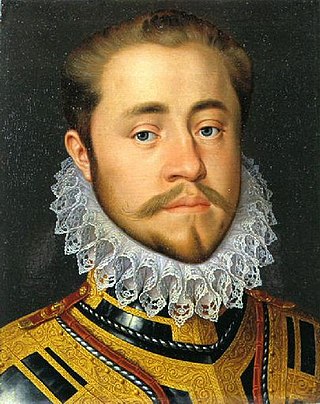Musée de Picardie
Museum in France From Wikipedia, the free encyclopedia
Museum in France From Wikipedia, the free encyclopedia
The Musée de Picardie is the main museum of Amiens and Picardy, in France. It is located at 48, rue de la République, Amiens. Its collections include artifacts ranging from prehistory to the 19th century, and form one of the largest regional museums in France.







As an institution, the museum was founded as the Musée Napoléon in 1802 (the year of the Treaty of Amiens). However, the current building that houses the museum is more recent, being purpose-built as a regional museum between 1855 and 1867. The Second Empire style building was designed by architects Henri Parent and Arthur-Stanislas Diet. It was built thanks to the Société des Antiquaires de Picardie, keen to give the city somewhere to house the collections the society had gathered over decades. A prototype for other French regional museums, it was France's first building constructed exclusively for the purpose of conservation and exhibition of artworks.[1]
Housed in the basement, archaeological collections include artifacts from:
The museum is home to the mummified remains of an Egpytian woman named Setjaïmengaou.[2] She died aged around 40 in the 7th century BC.[2]
The museum is also home to the God of Amiens, a Gallo-Roman statuette of a animal-eared Gaulish god.[3]
12th to 16th centuries, with the main pieces being the Puys d'Amiens, masterpieces of Gothic art from Amiens Cathedral.
French and foreign painters from 17th to 20th centuries, with artists such as:
Pierre Puvis de Chavannes painted monumental frescoes on the museum's main staircase and first floor galleries,[4] including the two large symbolic frescoes Peace and War (1861) and Work and Rest (1863).[5]
An 1822 painting by Jérôme-Martin Langlois, Diana and Endymion, was displayed at the museum from 1878.[6] It was believed to have destroyed in bombing in 1918 during World War I and was part of the Musée de Picardie's collection that had been evacuated to the Louvre for safekeeping.[6] The painting was missing from the works that were returned to Amiens from the Louvre after the end of the war.[6] It was initially described as "untraceable since the return of the 1918 removed works" and subsequently as "destroyed by the falling of a bomb on the museum".[6] It may be in the private collection of the American performer Madonna.[6]
Located near Amiens Cathedral, the Hôtel de Berny is an annexe of the Musée de Picardie.
Seamless Wikipedia browsing. On steroids.
Every time you click a link to Wikipedia, Wiktionary or Wikiquote in your browser's search results, it will show the modern Wikiwand interface.
Wikiwand extension is a five stars, simple, with minimum permission required to keep your browsing private, safe and transparent.